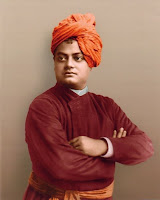Polygamy in Ancient India
In India polygamy has existed since recorded history. Though the general populace of India in the time of Rig Veda were monogamous, polygamy was prevalent in the ruling class. Added to this, brahmans and others sections who can afford polygamy also had more than one wife. From the frequent references of polygamous marriages in the ancient Indian literature and legal texts we can safely say that polygamy was not an unknown affair in the social life of ancient Indians. However, some legal texts discouraged polygamy. Dharma Sutra of Apastamba disallows a married man from marrying for the second time if his wife is of good character and has borne him sons. Kautilya’s Arthashastra says that in case of a man opting for second marriage, the first wife must be compensated.
